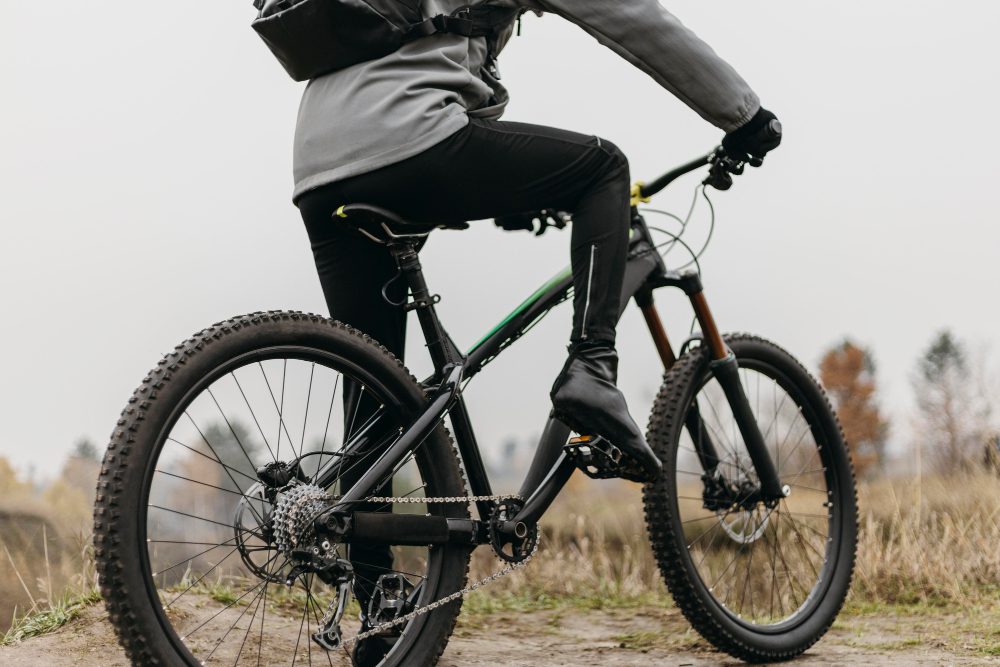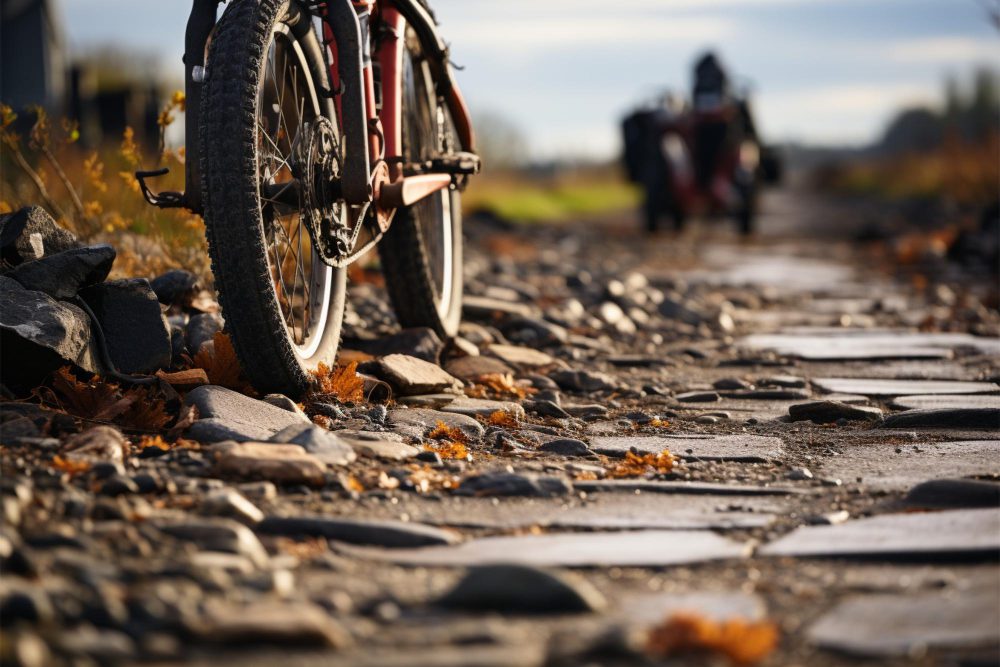What is the minimum tire size for cyclocross?
Cyclocross is a thrilling and challenging sport that combines elements of road cycling and off-road riding. One of the key decisions that cyclocross riders need to make is choosing the right tire size. The minimum tire size for cyclocross is an important consideration as it directly impacts the performance and handling of the bike on different terrains.
The importance of tire size in cyclocross
In cyclocross, riders navigate through a variety of surfaces including grass, mud, gravel, and pavement. Each surface requires a specific tire size to optimize grip, traction, and speed. While there are no official rules regarding the minimum tire size for cyclocross races, most riders and experts suggest using a tire with a width between 32mm and 35mm.
Factors influencing the minimum tire size
Several factors influence the choice of minimum tire size for cyclocross. The terrain, weather conditions, rider’s weight, and personal preference all play a role in determining the ideal tire width.
On muddy or soft surfaces, wider tires with larger knobs provide better traction and prevent slippage. For dry and hard-packed terrain, narrower tires with minimal tread patterns offer lower rolling resistance, allowing for quicker speeds. Ultimately, finding the right balance between tire width and tread pattern is crucial for optimal performance.
Considerations for tire size selection
When selecting the minimum tire size for cyclocross, riders must consider the following factors:
- Course conditions: Assessing the terrain and its conditions is essential. Is the course predominantly muddy, sandy, or dry? This information will help determine the appropriate tire width.
- Rider’s weight: Heavier riders may benefit from wider tires as they provide more stability and support.
- Rider’s skill level: Beginners may find wider tires more forgiving, while experienced riders may prefer narrower tires for better handling and maneuverability.
- Weather conditions: Weather can significantly impact tire performance. Rainy or wet conditions require better traction, whereas dry conditions call for lower rolling resistance.
“The right tire size can make a significant difference in a cyclocross race. It’s important to experiment and find what works best for your riding style and the specific conditions you’ll be facing.”
Advantages of wider vs. narrower tires
Both wider and narrower tires have their advantages in cyclocross racing:
Advantages of wider tires:
- Better grip and traction on soft and muddy surfaces.
- Increased stability and control, particularly for heavier riders.
- Improved ability to absorb bumps and obstacles.
Advantages of narrower tires:
- Lower rolling resistance, resulting in higher speeds on hard-packed or dry terrain.
- Enhanced maneuverability and agility, ideal for technical sections and tight turns.
- Reduced weight, resulting in improved acceleration and responsiveness.
Final thoughts
Choosing the right minimum tire size for cyclocross is crucial for maximizing performance and enjoyment of the sport. While there are general guidelines, it’s important to remember that individual preferences and course conditions may vary. Experimenting with different tire widths, tread patterns, and pressures will help riders find their sweet spot and optimize their cyclocross experience. So get out there, try different tires, and have a blast conquering the challenging terrains of cyclocross!
What is the maximum tyre size for cyclocross?
Cyclocross is a thrilling sport that combines elements of road racing and off-road riding. It’s known for its challenging courses that often feature grass, dirt, sand, and even mud. One important aspect of cyclocross is choosing the right tyre size to ensure optimal performance and control.
Understanding tyre sizes
Tyre sizes are typically indicated by two numbers, such as 700x35c or 27.5×2.0. The first number refers to the diameter of the tyre, while the second number represents the width in millimeters. For cyclocross, tyre widths usually range from 32mm to 40mm, providing a good balance between speed and traction.
Maximum tyre size regulations
In the UK, there are no specific regulations governing the maximum tyre size for cyclocross races. However, it’s crucial to check the rules and regulations of the specific event you plan to participate in, as some races may have their own restrictions.
Factors to consider
When deciding on the maximum tyre size for cyclocross, several factors come into play. These include the terrain conditions, your riding style, and personal preferences.
– **Terrain conditions**: If the course consists mainly of grass and hard-packed dirt, a narrower tyre with less tread may be more suitable. On the other hand, if the course features wet and muddy sections, a wider tyre with more aggressive tread will provide better traction.
– **Riding style**: Your riding style also influences the tyre size you choose. Aggressive riders who tackle technical features with high speeds may benefit from wider tyres for better stability and grip. Meanwhile, more conservative riders may prefer narrower tyres for increased responsiveness.
– **Personal preferences**: Ultimately, personal preferences play a significant role in choosing the maximum tyre size for cyclocross. Experimenting with different sizes and finding what works best for your riding style and comfort is essential.
Professional recommendations
Professional cyclocross riders often use a variety of tyre sizes depending on the race conditions. They may switch between narrower tyres for dry courses and wider tyres for more challenging terrain. It’s worth noting that many professional events have their own set of regulations regarding the maximum tyre size.
In the words of professional cyclocross rider:
“The maximum tyre size for cyclocross can vary depending on the specific race and its regulations. It’s important to consider the terrain conditions and your personal riding style when choosing your tyre size. Experimentation and finding what works best for you is key.”
In conclusion, while there are no specific regulations governing the maximum tyre size for cyclocross in the UK, it’s crucial to check the rules of the event you plan to participate in. Factors such as terrain conditions, riding style, and personal preferences should be taken into account when deciding on the optimal tyre size for cyclocross. Remember to experiment and find what works best for you to enhance your performance and enjoyment of this exhilarating sport.


